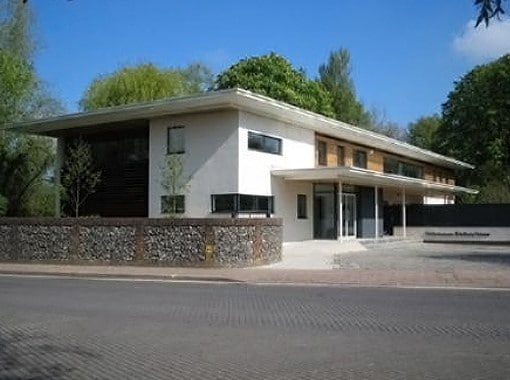This case study describes a structured approach to identifying the local population of people experiencing homelessness and targeting them for Covid vaccination in a City Primary Care Network.
How was the cohort identified?
As is well known, the UK was among the first countries to initiate a vaccination programme and develop a tiered approach to identifying the highest risk groups to be vaccinated in order of risk. Although age was amongst the strongest determinants, two other risk groups were identified according to co-morbidities, and an attention to health inequalities was stressed. In light of this Winchester City PCN decided that people experiencing homelessness should be prioritised for the Covid 19 vaccine. It was recognised however that many people experiencing homelessness might not be accurately registered within their locality, and this could be a barrier to uptake.
In order to address this issue, the following proactive targets were set within the PCN:
1. The active identification of higher risk vulnerably housed adults within the PCN area in order to code them correctly as high risk to COVID-19, thereby allowing them to be offered the vaccination within the tier 4 group. (Target 80%)
2. A target of offering COVID-19 vaccination to at least 62% of this cohort by pro-actively arranging visits to several addresses acting as hostels or shelters to this high-risk group over 2 full days, taking the vaccine to them. (62% is herd immunity threshold, the point at which the proportion of susceptible individuals in a population falls below the threshold needed for transmission.1)
How was the project delivered?
The team first identified people who had been seen at the GP outreach clinic at Trinity Day Centre, Winchester (a homeless day centre) which runs twice-weekly access to Primary Care on site. Local high-risk hostels and other local charities such as the Winchester Churches Nightshelter that offer temporary dormitory accommodation for street homeless were also contacted to provide a list of their residents. A list of 114 names was obtained. Two dates were agreed to visit and provide the first dose at the local day centre (28/01/2021 and 04/02/2021). GPs, trainee doctors and nurses were involved in administering the vaccines. The vaccine was also offered to any unvaccinated staff if there were any remaining doses.
The team discovered that of the group who were currently actually experiencing homelessness (rough sleeping or in a hostel or homeless shelter) 33 people had a correct address and/or contact in their records, but 37 people had the wrong address and/or contact in their records – mainly due to relocating, and not informing the visiting General Practitioner at the outreach clinic. By contacting organisations and hostels, the team gained an accurate list of contacts to work from.
The AstraZeneca vaccine was used due to transportability, and cold chain stability was followed until within an hour of actual vaccination. Vials were collected from the PCN Vaccination Hub each morning and kept in refrigerated container 2-8 degrees C until drawn up on site where they were administered. 3 vials were used for distribution on the 28th of January, and 4 vials were used on the 4th of February. Support workers gathered residents and information on the process was given to each resident. Written and verbal consent was obtained prior to vaccination. Information in the forms was entered into Pinnacle (National Covid vaccine database) at the end of each day.
What was achieved?
Out of the 114 vulnerably housed individuals identified, the team managed to vaccinate 69 (60.53%) of them – including 75% and 90% of those deemed street homeless and living at the night shelter respectively. For those living in hostels, they managed to vaccinate a total of 54 (56%) of them. Most hostels had around 50% of their residents vaccinated with the exception being one hostel at 71.43%. This number could have been higher if they had not run out of vaccines while at one of the hostels!
There were some misconceptions and hesitancy in many of the residents encountered (‘You’re trying to put a chip in me, aren’t you?’), but once a few started having the vaccination, this encouraged others in the group to follow suit.
Discussion and reflections from the team
Some key reflections from the team were:
1. Defining who was to be included in the population experiencing homelessness and identifying the targeted cohort was more challenging than expected due to wrong contact details;
2. Pro-active work to identify the cohort helped the team optimise vaccination rates. The team reached the target level of herd immunity across this community, although this was not to achieved within individual hostels;
3. Proactive coding of the group that were not vaccinated, will ensure that further invitations from vaccination centres will hopefully increase the uptake in the near future;
4. Planning how many vials to transport and predicting uptake required careful liaison at each site, as a very small number of residents were not able to receive the vaccination on the day.
However overall, this project has helped to correctly identify and code the current population experiencing homelessness in Winchester City Primary Care Network and to potentially provide this group of people with some herd immunity against SARS-CoV-2.
For more information, please contact Dr Alex Fitzgerald-Baron, GP, St Clements Surgery, Winchester.
https://www.stclementspractice.co.uk/
Reference
1. Fontanet A, Cauchemez S. COVID-19 herd immunity: where are we? Nature Reviews Immunology. 2020;20(10):583-584.
 Back to Resources
Back to Resources 
